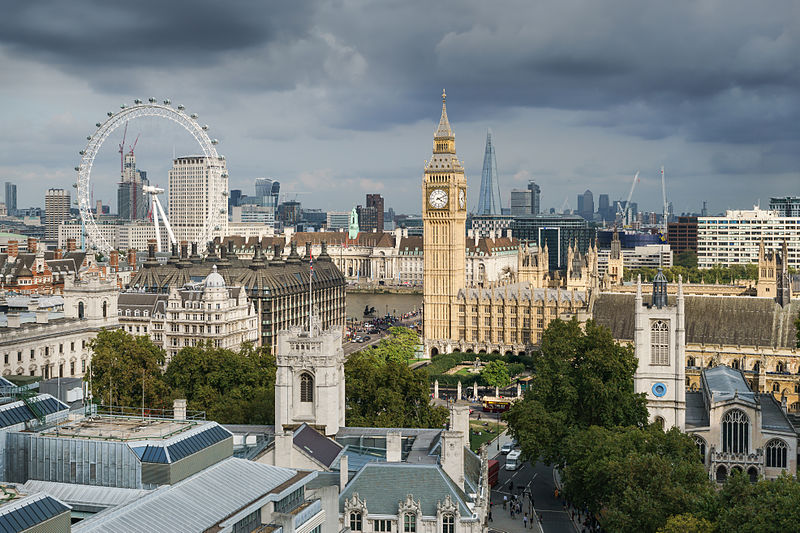
London
A recently released report indicates London's popular train system,
known as the Tubes, faces inoperability in 15-years, due to the
massive population boom the city and Britain as a whole has
experienced due to being apart of the European Union. Immigration
from Africa, the Middle East and a number of other nations also
contributed to the population boom.
The transportation system in Britain is of a
very high standard. It serves millions of people each day.
All profits are placed back into the transportation system
in an effort to improve service. The tube system is very
extensive. It covers all corners. At times when there have
been huge crowds seeking to access the trains, staff at the
stations in question, such as the popular Oxford Street and
Holburn, have asked patrons to wait a few minutes on the
other side of the turnstile, before boarding. It is done in
an effort to alleviate congestion.
It would be helpful for additional stations
to be built to prevent the scenario of inoperability. As the
tubes are often underground, surfacing at different points
at street level, construction work could take place fairly
unobtrusively. Another solution is to build longer trains.
It would impact travel time to some degree, but it would
accommodate more passengers.
STORY SOURCE
12 June 2016 at 1:10pm - London's soaring
population could make the city underground tube network
inoperable within 15 years, a senior tube manager has
warned. In comments to engineering researchers at Imperial
College London, reported by The Times (£), Miles Ashley, the
Tube's programme director for construction said the growing
numbers of people using the tube each year was an
"incredibly serious problem". He said overcrowding is
threatening to make the system "inoperable" within 15 years.
1.3 billion people used the tube in the past
year, he said, compared to 800 million in 2002. Transport
for London projections have found that by 2026, 30 stations
across London would experience crowding greater than four
people per square metre, by 2031, this would rise to 50 of
the 62 stations in London. A square foot is the average size
of a telephone box - so each passenger would feel as if they
were squeezed into a telephone box with three and a half
other people.
I don't know whether you have ever stood in
a telephone box with 3 and a half or your friends...but
ultimately that gives you an illustration of just how
crowded parts of the these stations are going to be and the
challenge that faces us. It renders it impossible.